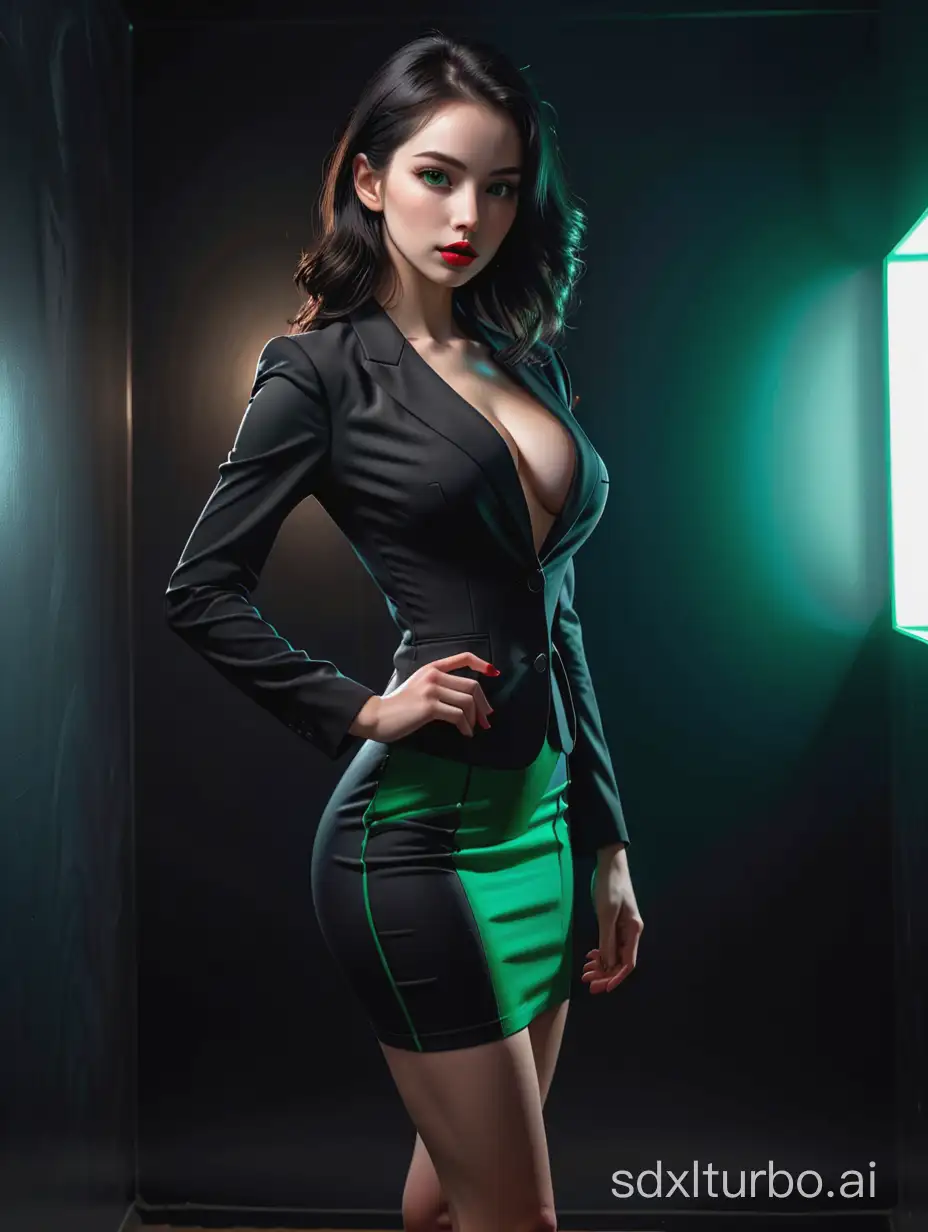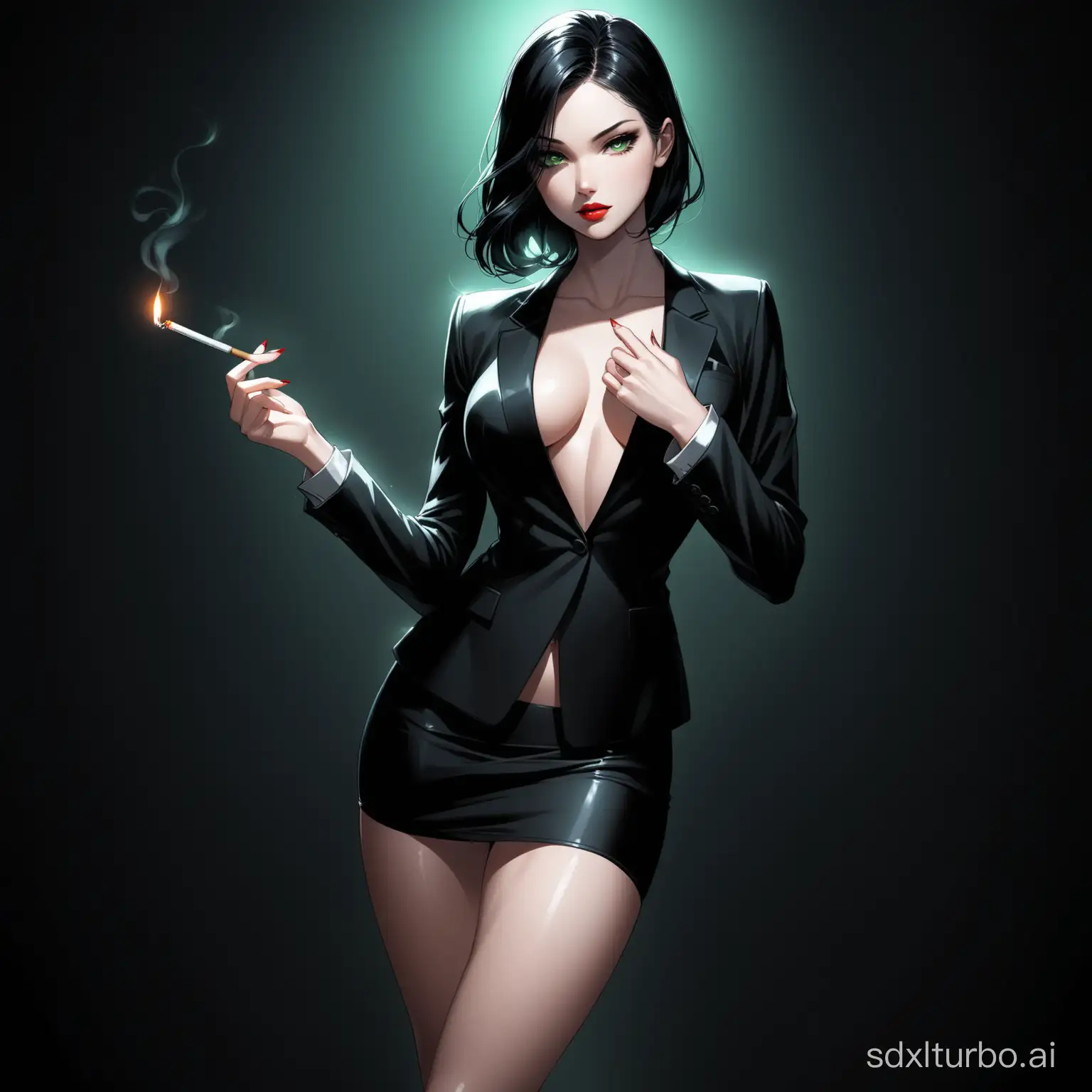Free Shadowy Background Image Generator
Just imagine, and we'll instantly return a variety of personalized Shadowy Background images—designed to bring your creativity to life! Generated by
- 4:3
- 3:4
- 1:1

image.state.default


Shadowy backgrounds are often used in visual art to evoke a sense of mystery, tension, or drama. By incorporating shadows and dark tones, these images create depth and a moody atmosphere that draws viewers in. Whether it's for storytelling, creating a dramatic effect, or emphasizing a subject, shadowy backgrounds serve as a powerful tool in the artist's arsenal. This aesthetic can be seen across various media, from digital illustrations to traditional paintings, and is particularly effective in genres such as horror, noir, and gothic art.
Understanding the Appeal of Shadowy Backgrounds in Visual Art
Shadowy backgrounds are versatile and find applications across multiple forms of media. In photography, they can highlight a subject's features by providing contrast, making the subject stand out. In digital art and video game design, shadowy backgrounds contribute to the mood and narrative, enhancing the storytelling element. For example, in horror games, shadows create suspense and a sense of danger, while in cinematic works, they add a layer of depth and emotional intensity. These backgrounds are also popular in graphic design, where they can add a sophisticated or edgy look to promotional materials and advertisements.
Applications of Shadowy Backgrounds in Different Types of Media
Creating effective shadowy backgrounds involves understanding light and shadow interplay. Artists often start with a base layer of dark tones and gradually build up lighter areas to simulate depth and volume. Techniques such as chiaroscuro, which contrasts light and dark, are frequently employed to create a dramatic effect. In digital art, tools like gradient maps, layer masks, and blending modes allow for precise control over shadow placement and intensity. Experimenting with different textures and color schemes can also add complexity and interest to shadowy backgrounds, making them more engaging and visually appealing.
Creating Shadowy Backgrounds: Tips and Techniques
Shadowy backgrounds have had a profound impact on modern visual culture, influencing a wide range of artistic expressions from film noir to contemporary digital art. This style has become synonymous with certain genres that require an atmosphere of mystery or suspense, shaping how audiences perceive these narratives. In advertising, shadowy backgrounds are often used to convey luxury, sophistication, or intrigue, appealing to viewers' emotions. The aesthetic continues to evolve with advancements in digital technology, allowing for more nuanced and intricate designs, keeping this style relevant and dynamic in the visual arts landscape.
Impact of Shadowy Backgrounds on Modern Visual Culture